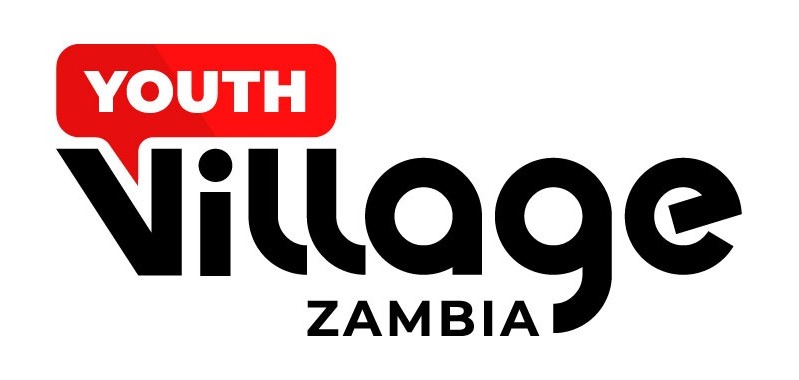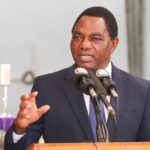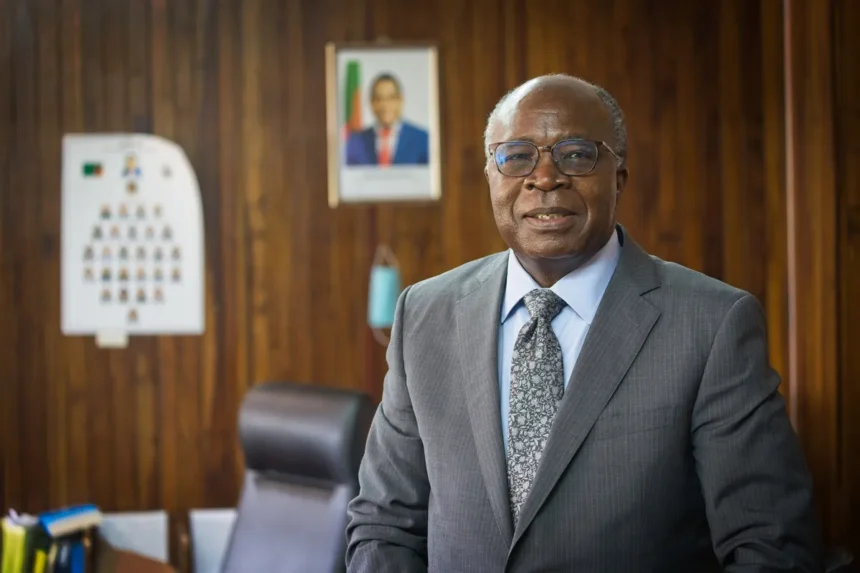Finance and National Planning Minister Dr. Situmbeko Musokotwane has announced a major shift in Zambia’s currency system, confirming that the country will undergo a 12-month transition period to replace its current banknotes. The overhaul includes the introduction of a 500-kwacha note, a move aimed at addressing the dominance of the 100-kwacha note, which currently accounts for over 60 percent of the cash in circulation.
Speaking before Parliament, Dr. Musokotwane explained the rationale behind the currency update, emphasizing the need to align Zambia’s monetary system with international best practices. “The 500-kwacha note has been introduced to address the disproportionate dominance of the 100-kwacha note in our monetary system,” he stated. “This shift is necessary to align our currency structure with global standards.”
Planned Transition and Implementation
The minister assured lawmakers that the transition process would be well-structured, with clear guidelines set to be published in a Statutory Instrument in the coming weeks. The Bank of Zambia is expected to provide further details on the implementation timeline, ensuring that the shift occurs seamlessly.
To address concerns about the security and integrity of the currency overhaul, Dr. Musokotwane explained that the printing of the new banknotes had undergone a selective and transparent tender process. Only highly reputable and trusted money-printing firms were invited to bid, as money printing is a sensitive, high-security operation.
“Money printing is a high-security matter that cannot be handled through an open tender,” he stated. “We have ensured that the process adheres to the highest standards of integrity and accountability.”
While the government has not publicly disclosed the name of the company tasked with printing the new banknotes for security reasons, Dr. Musokotwane assured that its identity would be revealed once the new currency enters circulation, as its name will be engraved on the banknotes.
Cost and Economic Implications
The announcement of the currency overhaul has sparked debate, with Members of Parliament raising concerns about the costs involved. In response, the minister directed the Bank of Zambia to issue a formal statement detailing the expenses associated with printing and distributing the new banknotes.
Economists and financial analysts are closely monitoring the potential impact of the new 500-kwacha note on Zambia’s economy. Some critics argue that introducing a higher denomination could be a sign of inflationary pressures, while others believe it is a necessary modernization step to facilitate larger transactions more efficiently.
As Zambia embarks on this 12-month transition, both businesses and ordinary citizens will be looking to the Bank of Zambia for clarity on how the new currency will be integrated into daily financial operations. The success of the transition will depend on effective public awareness campaigns and smooth logistical execution.






